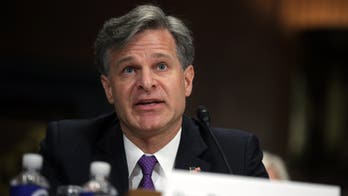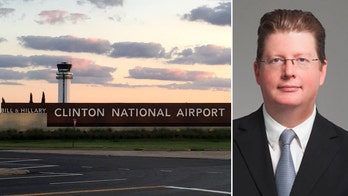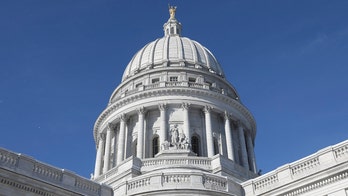Key Budget Facts
? Overall 2011 Spending: $3.834 trillion.
? 2011 Discretionary Spending: $1.415 trillion.
? 2011 Projected Deficit: $1.267 trillion or 8.3 percent of GDP (down from $1.556 trillion or
10.6 percent of GDP in 2010).
? 10-year Deficit Reduction: $1.2 trillion, excluding war savings.
? Tax Cuts: More than $300 billion in the next 10 years for individuals, families, and businesses.
Jumpstarting Job Creation and Helping Middle-Class Families
? The Budget reflects the President's commitment to make job creation his top priority this year. The Budget includes $100 billion for immediate job-creating investments in small business tax cuts, infrastructure, and clean energy. This includes a new Small Business Jobs and Wages Tax Cut to spur small business hiring and wage increases; this will cost $33 billion.
? Extend for another year the broadest tax cut in American history - the Making Work Pay Tax Credit - for 110 million American families.
? Increase the child care tax break for middle-class families.
? Eliminate the tax on capital gains from new investments in small business.
? Extend through 2010 the Recovery Act provision that allows small businesses immediately to expense up to $250,000 of qualified investment.
Tough Choices
? A three-year spending freeze on non-security discretionary spending - a move that will save $250 billion over 10 years.
? More than 120 terminations, reductions, and savings for more than $20 billion of savings.
? A financial crisis responsibility fee on the nation's largest financial institutions to repay the taxpayer for the extraordinary action taken through the TARP program, as well as to reduce the chance of future risky behavior - raising $90 billion over 10 years.
? Eliminate tax preferences for oil, gas, and coal companies - raising $40 billion over 10 years.
? Allow the 2001 and 2003 tax cuts to expire for households making more than $250,000 - raising $678 billion over 10 years.
Education: Preparing Our Children for the Jobs of the Future
? $28 billion - a $3 billion increase - for programs authorized by the Elementary and Secondary Education Act (ESEA), plus up to $1 billion in additional funding if Congress successfully completes a fundamental overhaul of the law. Together, these measures would represent the largest funding increase for ESEA programs ever requested.
? $1.35 billion to continue the President's Race to the Top challenge and to expand the competition from states to school districts that are ready for comprehensive reform.
? $17 billion increase in Pell Grant funding from 2010.
Innovation, Infrastructure, Science, and Technology: New Industries and New Jobs
? $61.6 billion in civilian R&D, an increase of $3.7 billion or 6.4 percent.
? Over $100 billion in aid to states and localities for infrastructure investment.
? A new $4 billion dollar National Infrastructure Innovation & Finance Fund to focus on infrastructure investments of national and regional significance.
? Over $6 billion in funding for clean energy technologies, most of which focuses on research, development, and demonstration.
Keeping America Safe
Defense and Diplomacy
? $33.0 billion for a 2010 supplemental request and $159.3 billion for 2011 to support ongoing overseas contingency operations, including funds to implement the President's strategy for Afghanistan and Pakistan.
? DOD family support programs grow more than 3 percent over the 2010 enacted level, to $8.8 billion.
? State Department funding, excluding war costs, is up 2.6 percent.
? Department of Homeland Security funding up 2 percent to $43.6 billion.
? $734 million to support the deployment of up to 1,000 new Advanced Imaging
Technology (AIT) screening machines at airport checkpoints and new explosive detection equipment for baggage screening.
? Funding to increase the number of international flights covered by Federal Air Marshals to defend against attempted attacks on aviation.
Veterans Affairs
? Record funding for the Department of Veterans Affairs; the Budget builds on the historic increase in funding for the VA with a 20 percent total increase since 2009.
? $50.6 billion in advance appropriations for the VA medical care program so that care for the Nation's veterans is not hindered by budget delays.




